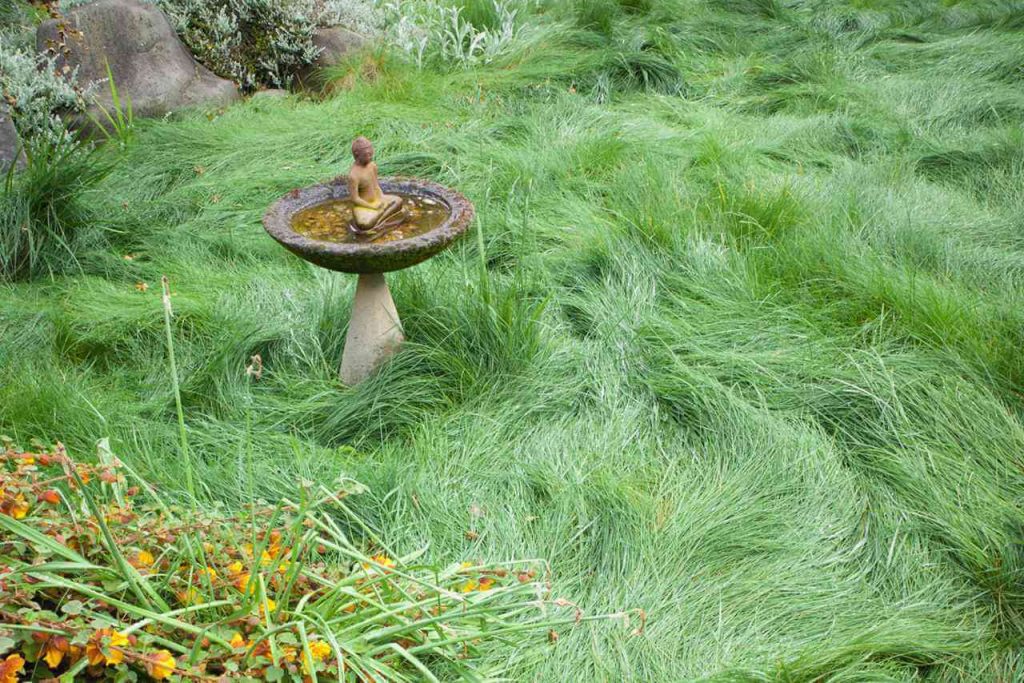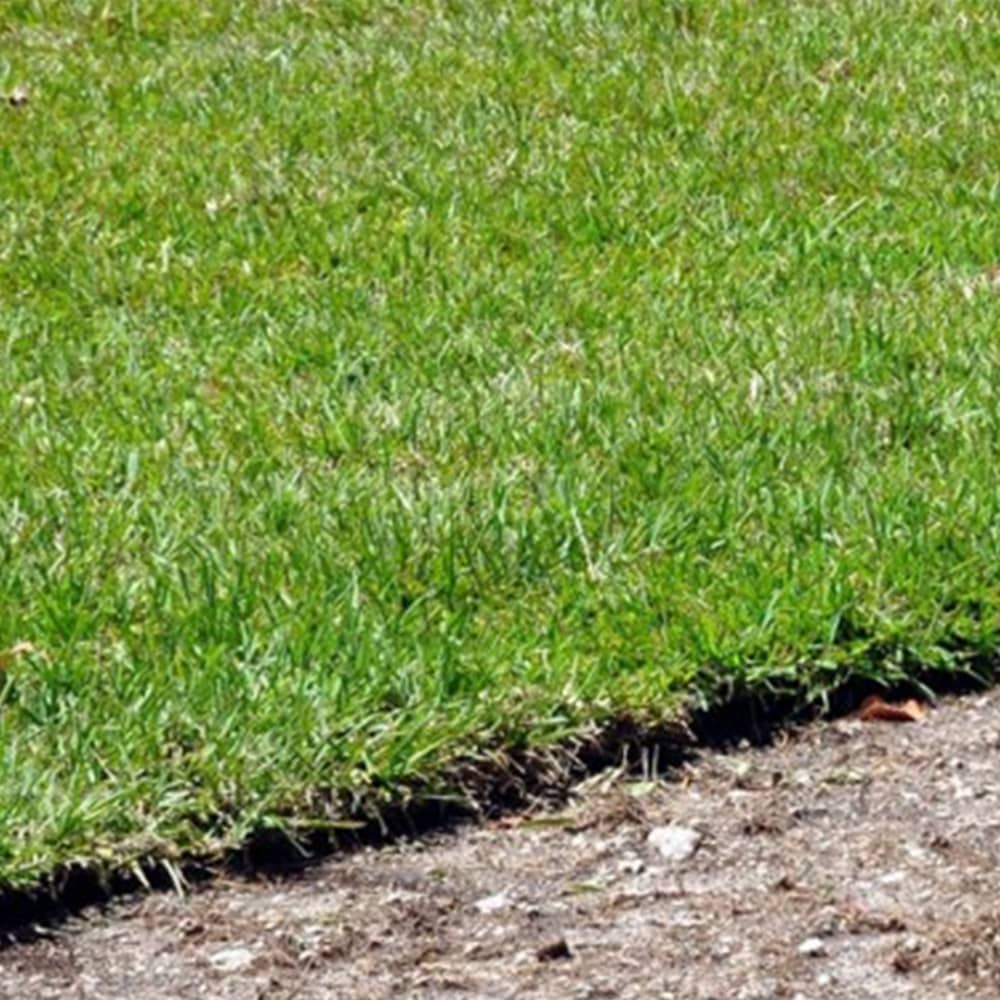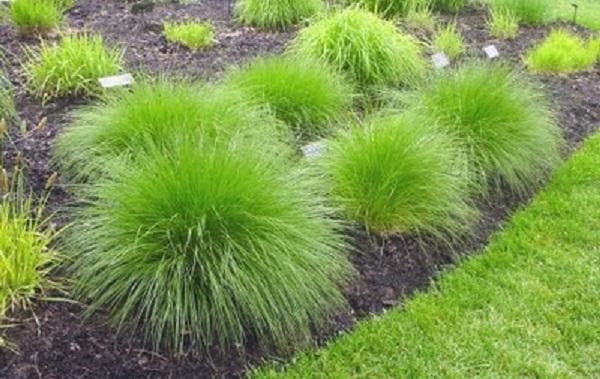If you own a property that has a septic tank, you will want to be cautious about your landscaping.
The soil over the drain field should never be compacted to allow for the proper percolation of the treated water into the ground.
However, leaving the drain field bare is not an option either because it could easily be eroded by wind and surface runoff.
The solution is to plant grass over the drain field but not –just type of grass any because some grasses will do more harm than good.
So what are the best grass species that are well-suited for drain fields?
I will highlight them shortly but before then, let me expose you to some basics…
Most Important Factors to Consider
There are a couple of important factors that every homeowner should consider when landscaping over a drain field:
- Root Penetration: Avoid planting grass species that have aggressive or deep roots, as they may penetrate the drain field and clog the pipes. Instead, choose grass species that have shallow roots.
- Maintenance: Grass that requires frequent mowing or fertilizing can damage the drain field. Choose a grass species that is low maintenance and drought-tolerant.
- Water Needs: Drain field systems are designed to absorb water, so it’s important to plant a grass species that doesn’t require excessive watering.
- Soil conditions: Drain fields are typically located in areas with poor soil conditions, so it’s important to choose grass species that are tolerant of these conditions.
- Accessibility: Be sure to ensure that the drain field is accessible for regular maintenance and inspection. Therefore, it’s recommended to not plant grass too thickly over the drain field.
- Local regulations: Always check with local authorities for any specific regulations or codes that may apply to drain fields in your area.
Finally, remember to check with your local authorities for any specific regulations or codes that may apply to drain fields in your area.
Best Grass to Grow Over Your Septic Field
1. Fescue Grass

Fescue grass is a type of perennial turf grass that is known for its tolerance for extreme climates, pests, and diseases.
This grass originated in Europe and was brought to America to be a pasture grass.
However, it has now become a common landscaping choice, especially for northern homeowners.
Here are a couple of reasons why fescue grass makes for a good grass to grow over the drain field:
- Does great in both direct sunlight and partial shades
- It has an amino acid that fights weeds
- It needs little or no maintenance during winter
- The grass will stay green even in winter
- It is very good at handling high humidity as well as drought
- Needs very little or no fertilization
- Has a relatively deep root system which helps prevent soil erosion on the drain field
There are different types of fescue grass to choose from depending on your environment.
Tall fescue grass is best suited for high-traffic lawns, so it may not be the best type for your drain field.
You can however use it on other areas of the lawn.
Hard fescue grass is the best option if your lawn is in a shade most of the day.
It also does well in poor soils and does not need to be mowed frequently which makes it perfect for your drain field.
Creeping red fescue has finer blades and it is best grown with other grasses as a filler.
2. Meyer Zoysia grass

The Meyer Zoysia grass was made by genetically modifying Zoysia japonica, a variety of grass that hails from Japan.
Meyer Zoysia tolerates harsh climates better than Zoysia japonica and it especially does well in cold climates.
According to Missouri Botanical Garden, Meyer grass is also drought tolerant and that explains why it has been given a 5 through 10 classification on the U.S. Department of Agriculture plant hardiness scale.
There are three main types of Meyer Zoysia Grass:
- Emerald
- Compadre
- Zenith.
All of these types will work just fine for your drain field landscaping although Emerald is the best choice because it has soft blades and also requires less mowing and maintenance.
This grass grows best in areas where it will get at least 5 hours of sunlight a day for most of the year.
Here are the main reasons why Meyer Zoysia is a good pick for drain field landscaping:
- It is pretty resistant to weeds which will help control unwanted vegetation in the drain field area
- It is very tolerating of extreme climates, so you do not have to worry about losing your vegetation cover on the drain field during those dry months or if you live in a hot place
- It is a very durable grass, so you just need to plant it once and it will serve you for years with no need for replanting.
3. Prairie Drop Seed

Prairie drop seed (Sporobolus heterolepis) is a North American native grass that is suited for warm climates.
It is a very popular landscaping grass in Texas as well as in the southern regions of Saskatchewan.
If not trimmed, the grass can grow up to 3 feet in height and is therefore often used as ornamental grass when landscaping.
Prairie needs to be grown in moist soils that are well drained and the grass also needs to have lots of sunlight for it to thrive.
However, once it grows, it can still do well in dry areas.
You can use it as a dominant plant in a mixture of grasses when doing landscaping for your property.
Here are the main reasons why this grass is a good pick for drain field landscaping:
- It grows well in moist soils that are well drained which is the type of soil you will have in your drain field area.
- It has a fibrous root system which means the roots grow sideways as opposed to downward, so you do not have to worry about an intrusive root system damaging the drain field areas.
Grass Species to Avoid
When selecting a grass specie for landscaping on your drain field, the most important factor to consider is the root system.
It is a good idea to steer clear of any grass that has deep roots.
Any plants that have deep roots can cause serious damage to the drain field.
The roots can clog up the soil and interfere with percolation and they can also intrude on the pipes causing them to break.
Here are some of the grass species that you should avoid:
- Bermuda grasses and any other similar grasses that have deep roots
- Pasture grasses – California Brome (Bromus Carinatus), Blue Wild Rye (Elymus Glaucus), and California Oat grass (Danthonia californica) are examples of pasture grasses that would not be ideal for landscaping over a drain field.
- Tall Fescue grasses – The tall variety of Fescue grasses should be avoided for landscaping on drain fields because of their deep-rooted characteristics.
These are just a couple of examples of grass species that are not good for the drain field area but as a rule of thumb, avoid any grass that has deep roots.
Parting Thoughts
Growing grass over a drain field can be beneficial as it helps to protect the drain field from erosion and provides an attractive appearance.
However, it’s important to consider the factors mentioned above to ensure the proper functioning and longevity of the system.
Additionally, you may want to consult a professional landscaper just to ensure you are doing everything right.
